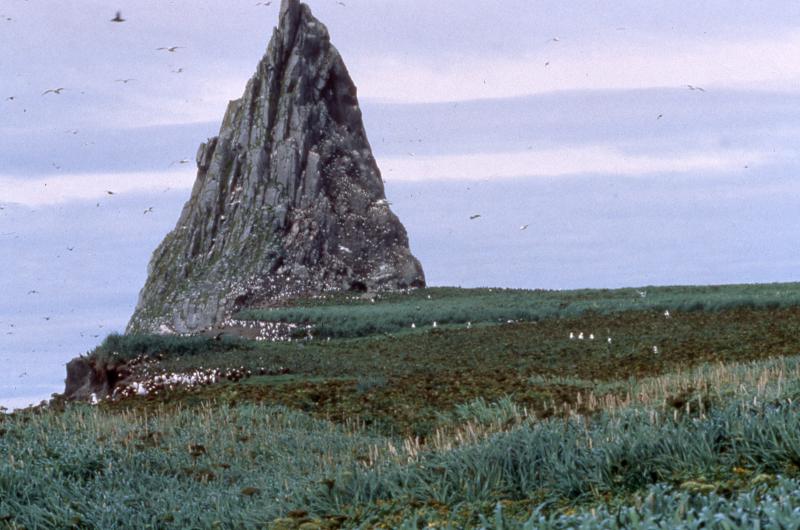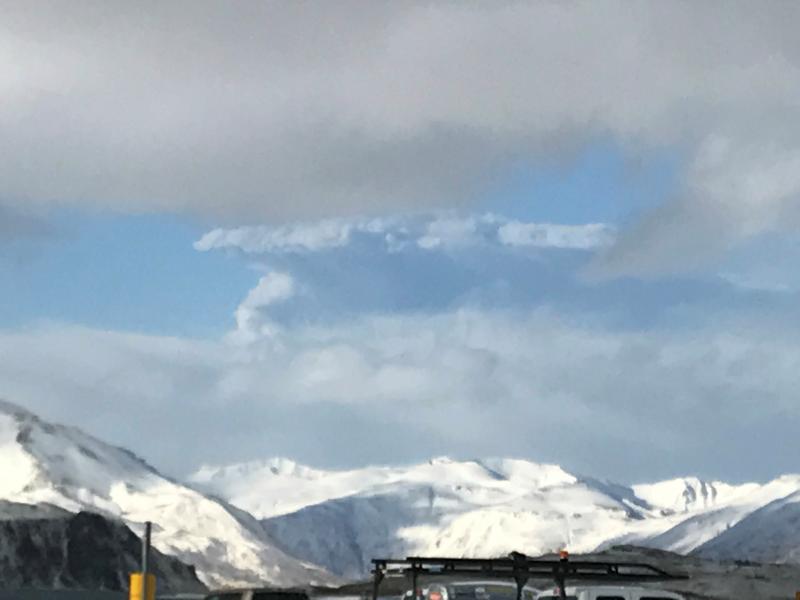
If you're mesmerized by the steamy #Taal eruption plume and wondering why it's creating so much #VolcanicLightning, you’re not alone. Here’s a micro-crash course on the physics of volcanic thunderstorms for non-specialists. Thanks to @joshibob_ for the incredible footage! (1/14)
It starts with explosive fragmentation of hot rock under Lake Taal, which leads to vigorous magma-water interaction. This process vaporizes the lake water AND pulverizes the erupted rocks into even smaller particles known as volcanic ash. (2/14)
A turbulent column of volcanic ash, gas, and vaporized lake water rises up vertically—first by momentum, and then because the plume itself becomes buoyant (it’s warmer and less dense than the surrounding air). (3/14)
If the plume fails to become buoyant, it may collapse downward & travel along the ground as a hot current of ash and gas known as a pyroclastic flow—these can be very deadly & are a major occurrence in Taal’s geological past according to the local experts at @phivolcs_dost (4/14)
So here's where volcanic lightning comes in. Inside the lower part of this plume, ash particles are smashing violently against each other and flinging their electrons around. A static charge builds up almost immediately. And then..... (5/14)
...once the plume rises high enough to reach freezing temperatures in the cold upper atmosphere (which is ~7-9 km high over Lake Taal), all that water carried in the plume? It starts freezing to ice. When ice crystals get involved, the electrons really start flying. (6/14)
Now we have highly charged particles. But you need separate regions of opposite charge (positive vs negative) to make lightning. So how does that happen? Circulation processes inside the plume isolate discrete ‘pockets’ or layers of similarly-charged particles. (7/14)
Charge separation is at work in turbulent eddies, during fallout of different-sized particles with different settling speeds, and tilting of the plume due to wind shear, just to name a few. The effect is that regions of opposite electric charge start accumulating... (8/14)
...creating local electric fields so intense they overwhelm the breakdown threshold of air. A lightning leader splits the atmosphere in a flash of superhot plasma, stripping electrons from everything in its path, and (briefly) neutralizing the charge. (9/14)
Of course this process happens *inside* the volcanic plume, but also extends from the cloud to the ground (or vice versa, as we've seen in some recent videos). These strikes are just as hazardous as lightning from regular thunderstorms. (10/14)
Something to know about volcanic lightning: it is NOT RARE despite what many people will tell you. It's very common during explosive ash-producing eruptions. So common, in fact, that we use it to help monitor volcanism around the world. @WWLLN @EarthNetworks @VaisalaGroup (11/14)
Another fascinating tidbit about the #Taal lightning is that we're seeing thousands of tiny flashes within the plume (as well as terrifying and hazardous cloud-to-ground strikes). This abundance of in-cloud lightning holds tantalizing clues about... (12/14)
...clues about the nature & movement of the charge-carries inside volcanic plumes. But we need more work to decode that story scientifically. It really helps to see photos & videos of the lightning activity, especially if there are accurate TIME STAMPS on the images. (13/14)
So keep up the great work documenting this important activity—from a safe distance. You don’t have to be close to gather valuable information. Stay safe out there! And watch @phivolcs_dost as the trusted source of information—they are monitoring the situation closely. (14/14)
@phivolcs_dost Shoutout to @iamrws @PaulMatadeen @DrShepherd2013 @Livestormchaser @StoryfulNews @AnjaliPatilCBS @AmandaJ_TX @MSyedt @C_MarieSmith @thundercat_sb @cschultzwx @COweatherman @eruptionsblog @simoncarn @andrewcraigtupp @CorCima @CIMSS_Satellite
• • •
Missing some Tweet in this thread? You can try to
force a refresh





